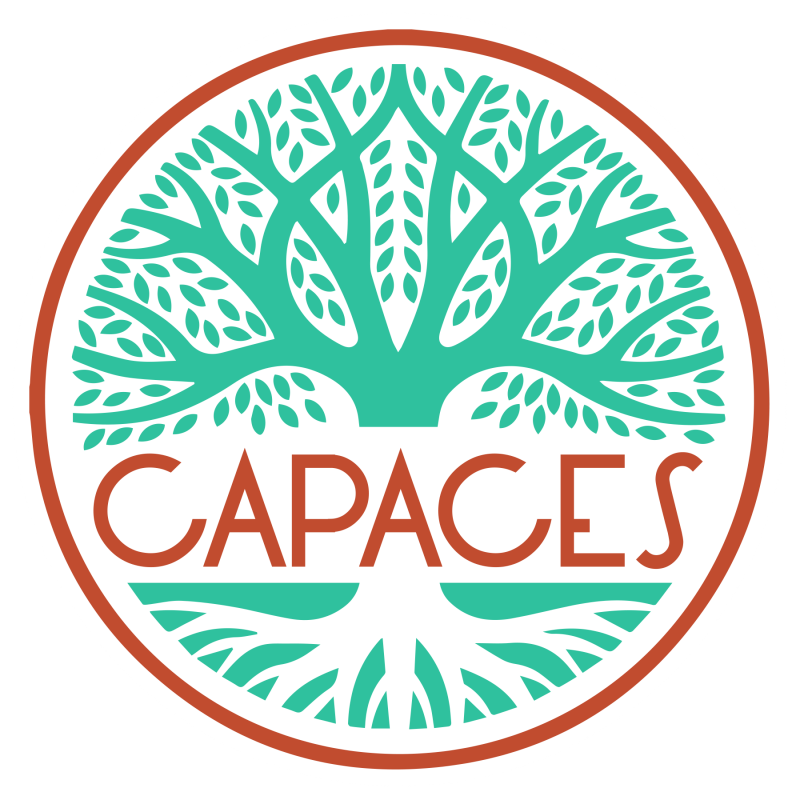Institute was built was on 12 guiding principles that came to fruition such:
- The Institute’s home was financed with no debt, thanks to a combination of fundraising, volunteer labor, donated or discounted professional services and materials, and land had already been owned outright.
- The Institute deepened community investment in the movement—time, energy, money, expertise—and reinforced the bonds of loyalty and identification.
- The Institute’s construction upheld worker security by utilizing unionized sub-contractors to the greatest extent feasible.
- The Institute building used re-claimed materials—starting with the lumber salvaged from the old house which we de-constructed at the site in 2008 and used to construct adjacent support structures.
- The Institute building conserves energy and resources through passive heating and cooling, a green roof, and disposal on site of all rain runoff.
- The Institute building raised consciousness about “green” development, especially in the farmworker, the immigrant and the Latino community.
- The Institute building added value to and integrated with the PCUN headquarters building and the radio house, creating a symbolic and operational whole greater than the sum of its parts.
- The campaigns to fund and build the Institute’s home, taught our leaders to learn and apply new skills in fundraising, organizing, communications, construction and project management.
- The Institute grew our base and connected to our movement new community and ally supporters who became volunteers and/or donors.
- The Institute strengthened our base by moving more people in our broad community and ally networks to active participation.
- The Institute expanded our knowledge by drawing in movement-minded academics and capacity builders to advise and collaborate on Institute programs as facilitators, presenters, mentors, resources, strategists and participants.
- The Institute raised our sights, our profile and our expectations by accomplishing the extraordinary in an improbable way.
PCUN and Green Hammer led the development and construction of the CAPACES Leadership Institute building in ways that:
Met “Passive House” standards, the first commercial or office structure in the U.S. to do so;
Worked within capital funds raised and require no assumption of debt;
Promoted community investment by asking everyone involved to contribute—volunteering labor and/or discounting or donating materials/services—and recognizing their contributions;
Produced a structure and infrastructure that will last one hundred years with appropriate maintenance that, for the most part, ordinary folks can carry out;
Completed construction by October 2012;
Increase capacity in the community which the CAPACES network serves and organizes;
Relied on sub-contractors and vendors who are unionized and/or who support fair labor standards and practices;
Achieved “net positive” energy generation;
… And was completed with the “Si Se Puede” spirit.
